Poultry Welfare Assessment
“To ensure we are improving farm animal welfare we need to be able to measure it. Measuring welfare enables us to know what level is being achieved on-farm and therefore better understand what impact the resources being provided and management practices being implemented are having on the animal” www.assurewel.org.
Visit our Animal Welfare Assessment page in Veterinary Questions to find out more about welfare assessment and visit the AssureWel website for practical information on assessing the welfare of poultry. AssureWel is a collaboration the RSPCA, Soil Association and University of Bristol, supported by the Tubney Charitable Trust. Its main aim has been to develop a practical system of welfare outcome assessment for the major farm animal species, which can be used in farm assurance schemes.
Laying Hens
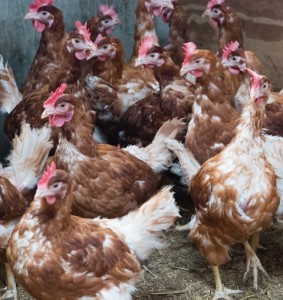 The following core measures have been identified by AssureWel as being important and practical indicators of laying hen welfare.
The following core measures have been identified by AssureWel as being important and practical indicators of laying hen welfare.
1.Feather loss
2.Bird dirtiness
3.Beak trimming
4.Antagonistic behaviours
5.Flightiness
6.Birds needing further care
7.Mortality
Measuring Feather Loss
Feather loss is a key indicator of hen welfare. A Feather Loss Benchmarking Tool has been produced by the AssureWel project which allows farmers to record and compare the severity of feather loss with other that found on other farms.
Broilers or Table Birds
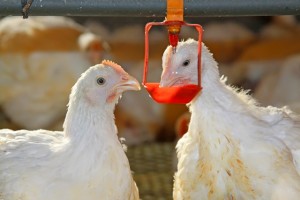 The following core measures have been identified by AssureWel as being important to assess as practical for table birds or broilers.
The following core measures have been identified by AssureWel as being important to assess as practical for table birds or broilers.
At a whole flock level:
1.Bird distribution
2.Air quality
3.Panting
4.Dirtiness
5.General health
On a 20% sample of birds via a defined walk:
1.Walking ability
2.Dirtiness
3.Birds requiring culling
4.Dead birds & runts
5.Litter condition
6.Behaviour
On Individual birds (25 penned birds):
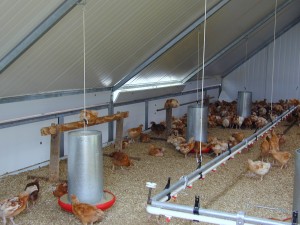 1.Pododermatitis
1.Pododermatitis
2.Hock burn
From on-farm records:
1.Mortality & Culls
2.Antibiotic records
3.Post-slaughter records


 American English
American English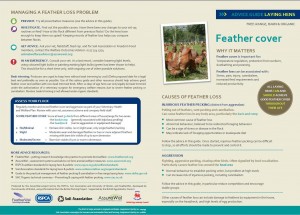
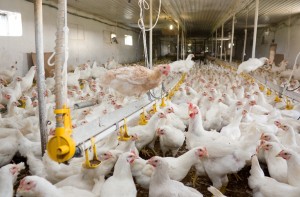


Comments are closed.